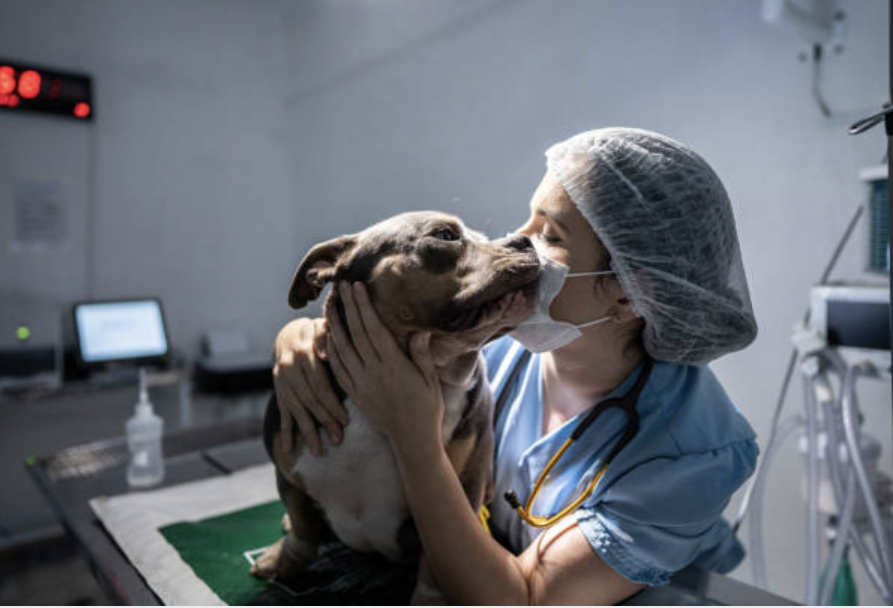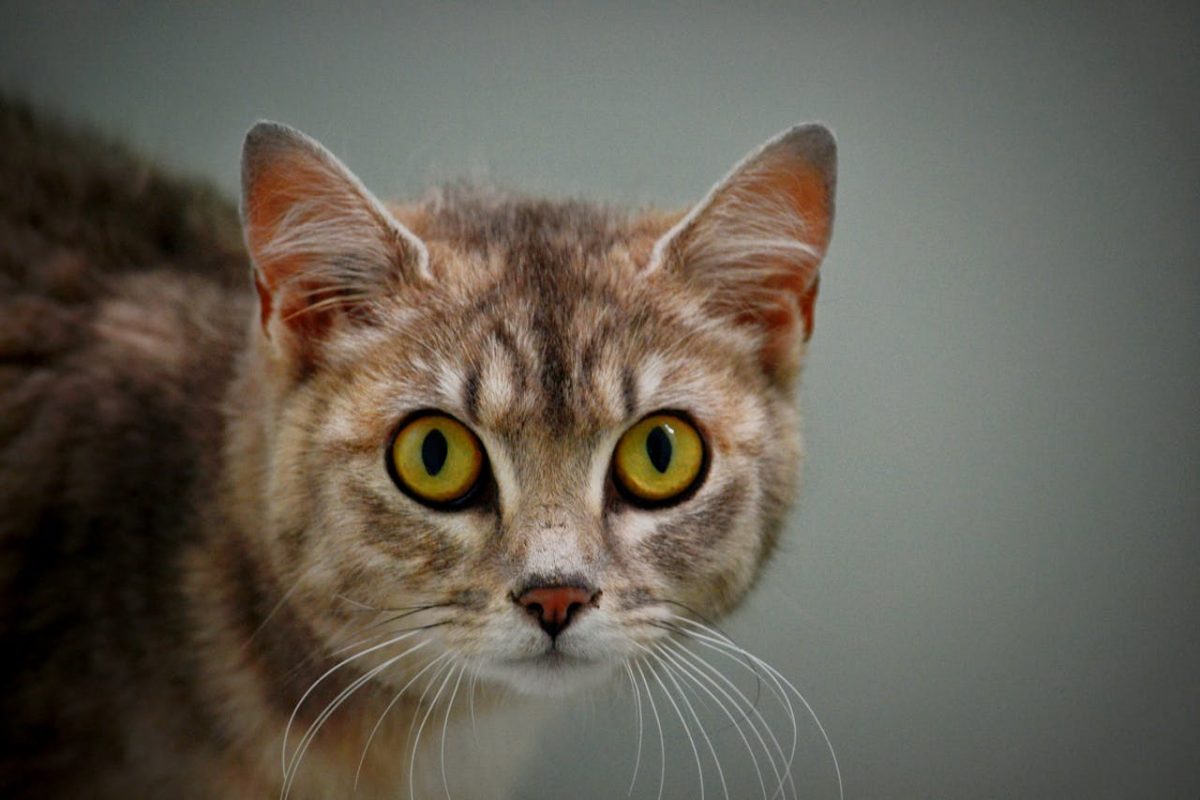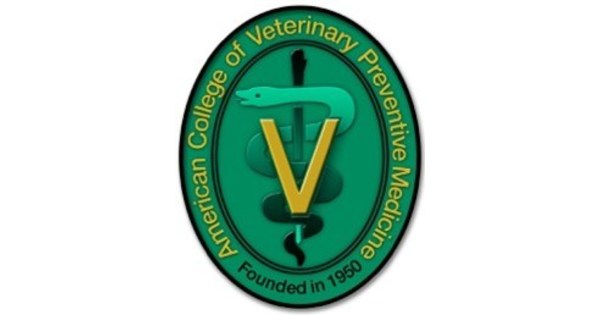In the ever-evolving landscape of veterinary medicine, a new player has emerged that’s reshaping the field: artificial intelligence (AI). As we approached the close of 2023, AI’s integration into various sectors sparked debates, particularly in veterinary radiology. Is AI a looming threat that might replace human expertise, or is it a beneficial tool that enhances veterinary practice?
Dr. Tobias Schwarz from the University of Edinburgh’s Royal (Dick) School of Veterinary Studies offers a compelling insight into this discussion. His research underscores a pivotal point: AI in veterinary radiology isn’t here to usurp the roles of radiologists but to support and augment their capabilities. This aligns with what I’ve observed in the field—AI is crafted to assist veterinary teams by easing their burdens, reducing costs, and most importantly, improving the accuracy and speed of diagnoses, which is crucial given the current shortage of veterinary radiologists.
Dr. Daniel Levenson, who runs two small animal hospitals in Albuquerque, New Mexico, echoes this sentiment. He notes that AI technology holds the potential to significantly enhance the efficiency and quality of veterinary care. For clinics facing staff shortages or those without a radiology specialist, AI can be a game-changer, providing rapid reports and valuable second opinions that could very well save a pet’s life.
The real test of AI’s efficacy comes from its performance in clinical settings. Dr. Schwarz’s team conducted a study comparing the diagnostic interpretations of AI software with those of seasoned veterinary radiologists across 50 canine and feline cases. The results were telling: AI not only matched but occasionally outperformed human radiologists in accuracy, particularly in identifying clear abnormalities and offering reliable second opinions on more ambiguous cases.
However, the AI was programmed with a bias towards flagging potential abnormalities, a feature designed to err on the side of caution. Despite this, the AI demonstrated high levels of performance, nearly matching the top radiologists in all scenarios. This suggests that AI, rather than being a threat, is a valuable ally that encourages a more thorough examination of complex cases.
Yet, it’s crucial to recognize the limitations of the study. The research focused on individual cases without a comprehensive analysis of the animals’ full medical histories, which are vital for accurate radiological interpretation. Future studies should explore how AI can integrate these broader data points to enhance its diagnostic capabilities further.
The implications of these findings are profound. AI in veterinary radiology isn’t just about maintaining the status quo; it’s about setting new standards of care. As AI technologies evolve and learn from real-world applications, they are poised to revolutionize veterinary diagnostics, offering more precise and rapid results that can improve outcomes for our beloved pets.
Veterinarians like myself, who are at the forefront of adopting these technologies, are not just participants in this evolution; we are pioneers setting the stage for what modern veterinary care can achieve. By embracing AI, we’re not replacing our skills but enhancing them, ensuring that we provide the best care possible.
In conclusion, as AI continues to advance and refine its capabilities, its role in veterinary medicine becomes increasingly significant. For those of us in the field, the choice to integrate AI into our practices is a step toward a future where technology and human expertise combine to offer unprecedented levels of care—a future where every pet benefits from the best of both worlds.
Dr. Avi Avner, a seasoned radiologist and consultant in veterinary diagnostic imaging, continues to explore the intersections of animal welfare and medical innovation. His work not only highlights the current capabilities of AI in veterinary radiology but also points to a future rich with potential for further advancements. For more insights or to discuss the future of veterinary imaging, Dr. Avner can be reached at his email.



